Planning a walking route
Whether walking alone or with friends, read our guide to ensuring a worry-free and joy-filled walk
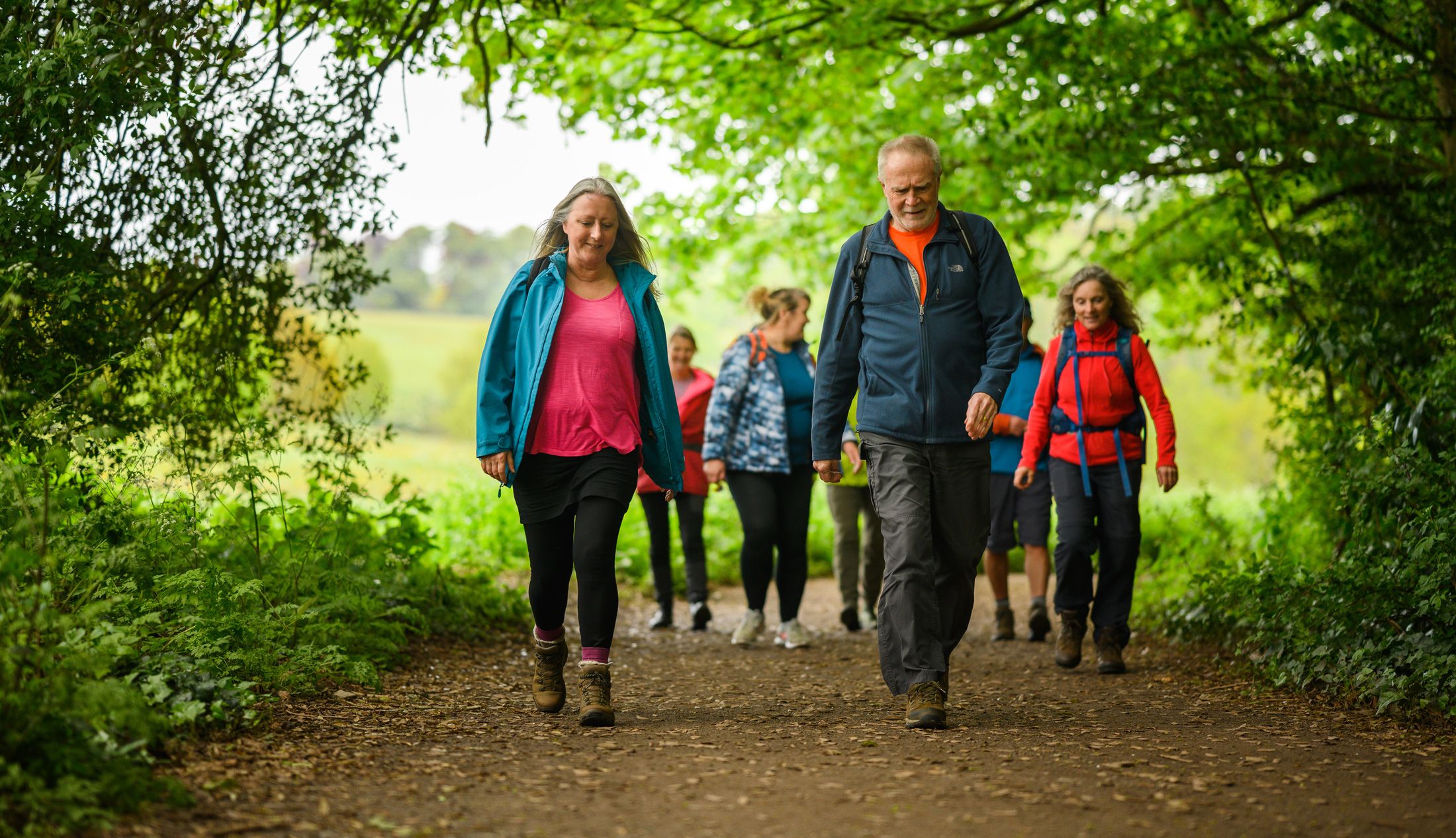
Nothing beats the joys of a well-planned walk
Britain is bursting with beautiful, inspiring places to walk. From stunning coastlines, fascinating cities, and magical woodlands to canals rich in wildlife and the wild open moorland heaths and downs. So, let's get exploring!
Where do I want to walk?
It's helpful to think about what kind of landscape attracts you and what type of terrain suits you best. You might want to take on a hilly hike or stride out on the flat along a historic trail. Perhaps you're in search of solitude and wild open country or to feel energised by the buzz of nature-rich city routes.
How far do I want to walk? How long do I want to be out?
This depends on several factors, from how much time you have and how far you're comfortable walking to the number of stops you want to make and your walking pace. Here's some useful guidance to work out how fast you walk.
What's my walking pace?
It takes an average walker about an hour to cover 2.5 miles without stops and around 10 minutes to climb 100 metres. If you're new to walking or recovering from illness or injury, it'll take a little longer. If you're as fit as a fiddle, you'll likely walk a bit faster and get further in an hour.
But all sort of things can slow us down when we're walking, like mud, uneven surfaces, and strong winds – we are at the mercy of nature after all! Even the weight in our backpack needs considering.
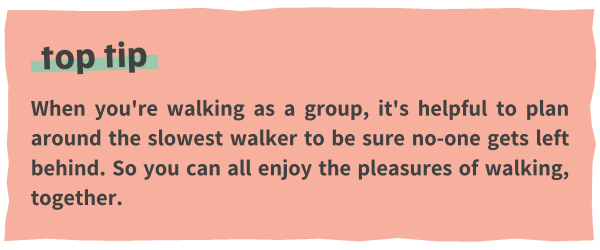
What do I need to plan into my walk?
Nothing beats the joys of exploring on foot, and planning in breaks and space for sightseeing will give you time to take it all in at your leisure.
What are your plans for food and drink? It's worth checking your options in advance – especially opening times. You don't want to get caught out when it's your only chance for fuel!
Sometimes we need to change our plans after setting off; a blocked route, injury, or unexpected poor weather calls for a plan B. Our advice is always to allow a little extra time too – and check the weather forecast on the day. The Met Office and BBC Weather websites are generally reliable.
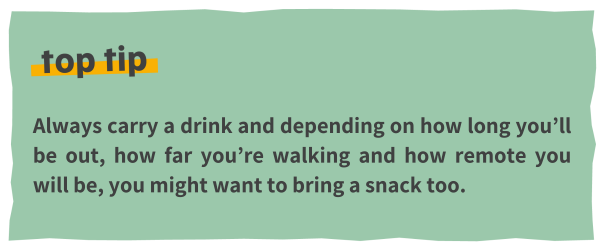
Where will I find walking routes right for me?
Walking guidebooks, Google, walking apps and our Ramblers Routes online library are great places to start your search. Or, with some basic map-reading skills, you could create your own adventure.
If you're familiar with the area or planning a straightforward walk, you might simply memorise the route. If you're exploring new territory or taking on something more demanding, it can help to sketch out a route or draw it on a map.
You can note the location of checkpoints, compass directions and add grid references as a failsafe to keep you on track. It’s also worth considering an alternative route in case you get caught out by the weather or something else unexpected.
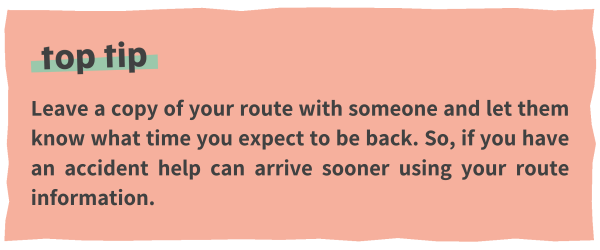
What about transport?
Many walks can be reached by public transport, giving you the chance to walk a linear route from A to B, rather than having to circle back to pick up your car. Taking the tram, train, or bus is better for the environment too.
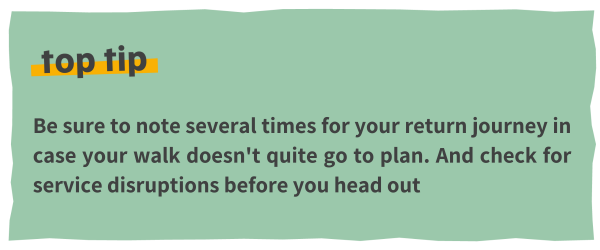
Get full access to the Ramblers online routes library
Become a member of the Ramblers and you’ll get unlimited access to our library jam-packed with thousands of tried-and-tested routes. They're also available exclusive to members on the Ramblers app.
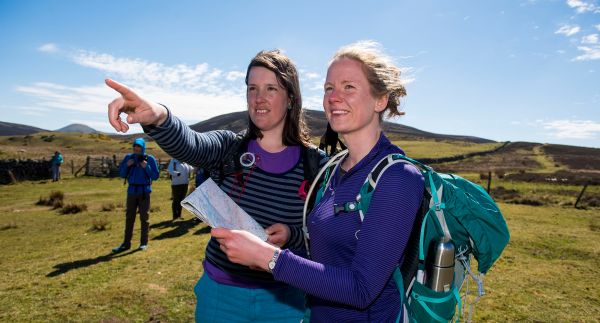
Our simple approach to navigating your walking route
Learning simple navigation skills will help build your confidence and reduce the chances of getting lost. Let us introduce you to the five Ds of navigation.
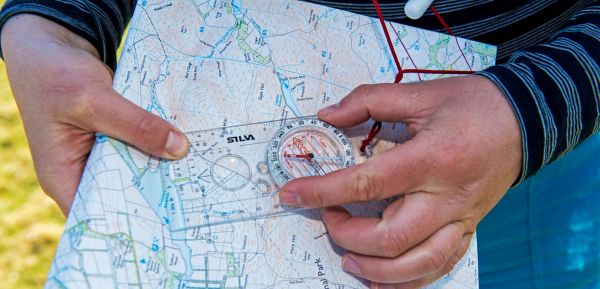
A beginners guide to using a compass
When it comes to walking in the countryside, a compass is the most accurate way of following a map. So here’s our beginner’s guide to using a compass.

How to read a map
Maps are simply a picture of the ground as seen from above. They are scaled down from life size and include symbols to show particular features and landmarks.